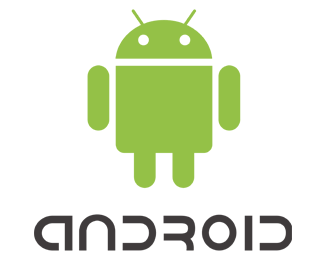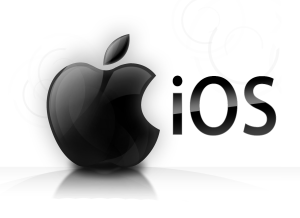
Apple users are a notoriously inclusive lot. More often, the Apple fanboys are some of the most vehement in defending their chosen platform of interacting with the world at large and, even in instances of failure of Apple’s various offerings, they will defend those shortcomings as if their lives depended on it.
However sometimes disillusionment comes about for a myriad of reasons. Whether it be the lack of innovative design in the newer versions of the iPhone, as some have said each time a new phone is released, or the lack of welcoming aspect of third-party developers that Android offers, sometimes the fanboys themselves fall short. And in those moments, they find themselves making the jump from Apple and iOS to the dreaded Android.
If this is you, then fear now. We here at mobiletweaks.net understand your frustrations and worries and hope to offer you a few tips to making the transition as smooth and painless as possible.
Understand that navigation through the Android OS is quite different than in iOS. Where Apple revolves it’s navigation features around the physical home button, the Android OS doesn’t hinge itself around a physical button, though some devices come with one depending on the manufacturer. Android centers around a series of touch keys at the bottom, with a Back, Home, and App Drawer button usually present. The Back Button is, at it’s core, just that. Taking you back to a previous screen, the Back Button has other functions as well, usually app dependent. The Home Button returns your to your home screen, and the App Drawer opens your active apps list, allowing you to switch between them quickly or close them out in a similar way to iOS method.
Some of the more obvious differences is the customization of your home screen. With the ability to place an icon wherever you choose on the screen and the implementation of Widgets, or small active control displays for various apps to your home screen, a feature that isn’t present on iOS. Android also allows the changing of the size of various Widgets, though the limitations are often preset back the app itself.
Keeping with the customization aspect of Android, the OS allows you to choose your own default applications for whatever task you may need at that moment. In iOS, Apple forces it’s users to choose their own app as the default application for a process. This isn’t so in Android, and the large number of applications in the Play Store surrounding often simple functions can attest to this.
Many complain either way about both the Google Play Store and the Apple App Store. The most startling differences rests in the regulation of applications developed and sold in each. While Apple is quite strict on what is available in it’s App Store, even though there are a great number of interesting and fun apps available, Play by far has the largest selection. However, Google allows an app for nearly every aspect of their own OS, whereas Apple is much more restrictive.
These are simply a few aspects of the differences between the two operating systems. Check back periodically for updates on making the transition. But remember, often the best way to learn to swim is to simply jump in the water.
![]()


